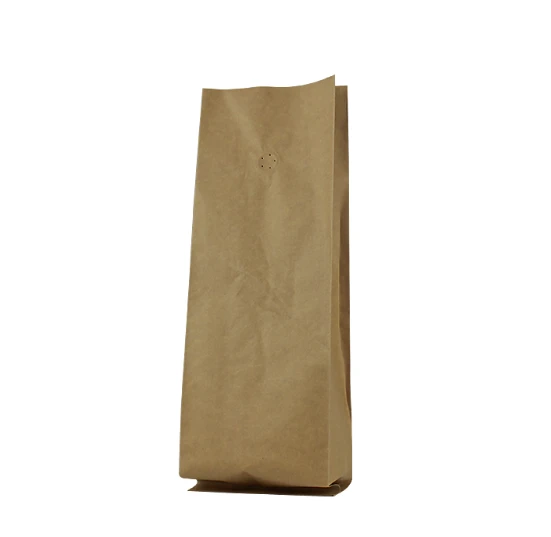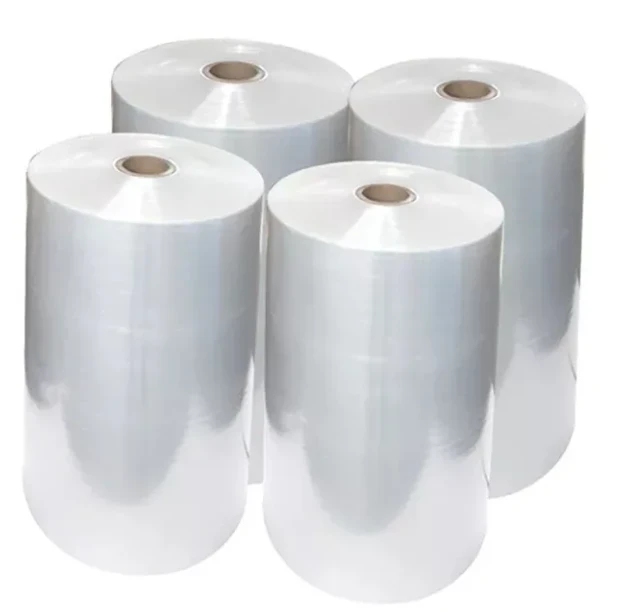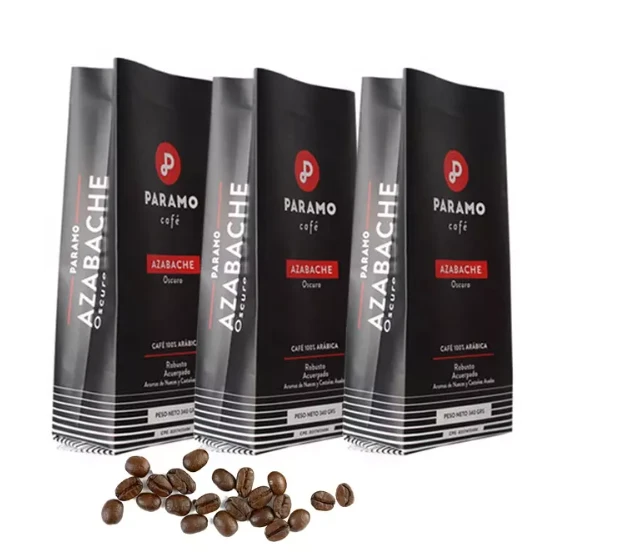- Afrikaans
- Albanian
- Amharic
- Arabic
- Armenian
- Azerbaijani
- Basque
- Belarusian
- Bengali
- Bosnian
- Bulgarian
- Catalan
- Cebuano
- chinese_simplified
- chinese_traditional
- Corsican
- Croatian
- Czech
- Danish
- Dutch
- English
- Esperanto
- Estonian
- Finnish
- French
- Frisian
- Galician
- Georgian
- German
- Greek
- Gujarati
- haitian_creole
- hausa
- hawaiian
- Hebrew
- Hindi
- Miao
- Hungarian
- Icelandic
- igbo
- Indonesian
- irish
- Italian
- Japanese
- Javanese
- Kannada
- kazakh
- Khmer
- Rwandese
- Korean
- Kurdish
- Kyrgyz
- Lao
- Latin
- Latvian
- Lithuanian
- Luxembourgish
- Macedonian
- Malgashi
- Malay
- Malayalam
- Maltese
- Maori
- Marathi
- Mongolian
- Myanmar
- Nepali
- Norwegian
- Norwegian
- Occitan
- Pashto
- Persian
- Polish
- Portuguese
- Punjabi
- Romanian
- Russian
- Samoan
- scottish-gaelic
- Serbian
- Sesotho
- Shona
- Sindhi
- Sinhala
- Slovak
- Slovenian
- Somali
- Spanish
- Sundanese
- Swahili
- Swedish
- Tagalog
- Tajik
- Tamil
- Tatar
- Telugu
- Thai
- Turkish
- Turkmen
- Ukrainian
- Urdu
- Uighur
- Uzbek
- Vietnamese
- Welsh
- Bantu
- Yiddish
- Yoruba
- Zulu
Exploring Strategies for Effective Engagement with Opponents' Materials in Negotiations
Understanding OPP Material Applications and Benefits
OPP, or Oriented Polypropylene, is a versatile plastic material that has gained significant recognition in various industries due to its unique properties. This thermoplastic polymer is produced through the process of orientation, enhancing its strength, clarity, and barrier properties. OPP materials are widely used in packaging, labels, and other applications due to their lightweight nature and excellent performance characteristics.
Properties of OPP Material
One of the primary benefits of OPP is its excellent mechanical properties. The orientation process produces a material that is significantly stronger compared to non-oriented polypropylene. This added strength makes OPP ideal for packaging applications where durability is essential. Moreover, OPP has a high tensile strength, meaning it can withstand substantial stress without breaking or deforming. This property is particularly valuable in applications that require resistance to punctures and tears.
In addition to its strength, OPP material possesses exceptional clarity, making it an attractive choice for packaging products that need to be visible to consumers. The high transparency of OPP allows for vibrant graphics and branding, enhancing product visibility on the shelf. This aesthetic appeal can play a crucial role in influencing consumer purchasing decisions.
Another notable feature of OPP is its excellent barrier properties. OPP films can provide resistance to moisture and gases, effectively preserving the freshness of food products and extending shelf life. This impermeability is essential in the food packaging industry, where maintaining product integrity is crucial. Furthermore, OPP materials are resistant to oils and greases, which adds to their versatility in packaging various products.
Applications of OPP Material
The applications of OPP material are extensive and varied. In the packaging industry, OPP films are used for wrapping food items, beverages, and pharmaceuticals. The material’s ability to enhance shelf life while providing a visually appealing package has made it a popular choice among manufacturers.
opp material

In addition to food packaging, OPP is commonly used in non-food applications, such as in the production of labels and tapes. The adhesive properties of OPP make it suitable for self-adhesive labels that are durable and resistant to tearing. This is particularly important for industries that require labels to withstand various environmental factors, such as temperature fluctuations and exposure to moisture.
Furthermore, OPP is also utilized in industrial applications. Its lightweight nature and high strength make it an excellent option for products such as bags and wraps used in manufacturing and logistics. The material’s resistance to chemicals and oils ensures that it can perform well in challenging environments.
Environmental Considerations
The environmental impact of OPP material is a topic of ongoing discussion. As with many plastics, there are concerns regarding sustainability and waste. However, OPP is recognized for its potential in recyclable and biodegradable applications. In this regard, manufacturers are increasingly adopting environmentally friendly practices, developing OPP that can be recycled or produced from bio-based resources.
Moreover, the lightweight properties of OPP contribute to reducing transportation costs and carbon emissions, as lighter materials require less energy to transport. Companies are also exploring ways to minimize waste during the production process, further enhancing the sustainability of OPP materials.
Conclusion
In conclusion, OPP material offers a multitude of benefits that make it a popular choice across various industries. Its exceptional strength, clarity, and barrier properties, combined with its versatility, position it as a leading material in packaging and labeling applications. As industries continue to seek sustainable alternatives, the evolution of OPP materials toward more environmentally friendly practices will likely play a significant role in shaping its future. Understanding the properties and applications of OPP material is crucial for manufacturers and consumers alike, as it highlights the importance of innovation in the world of plastics. As we move towards a more sustainable future, OPP material stands as a testament to the potential of modern materials in meeting the diverse needs of industries and consumers while being mindful of environmental impact.













